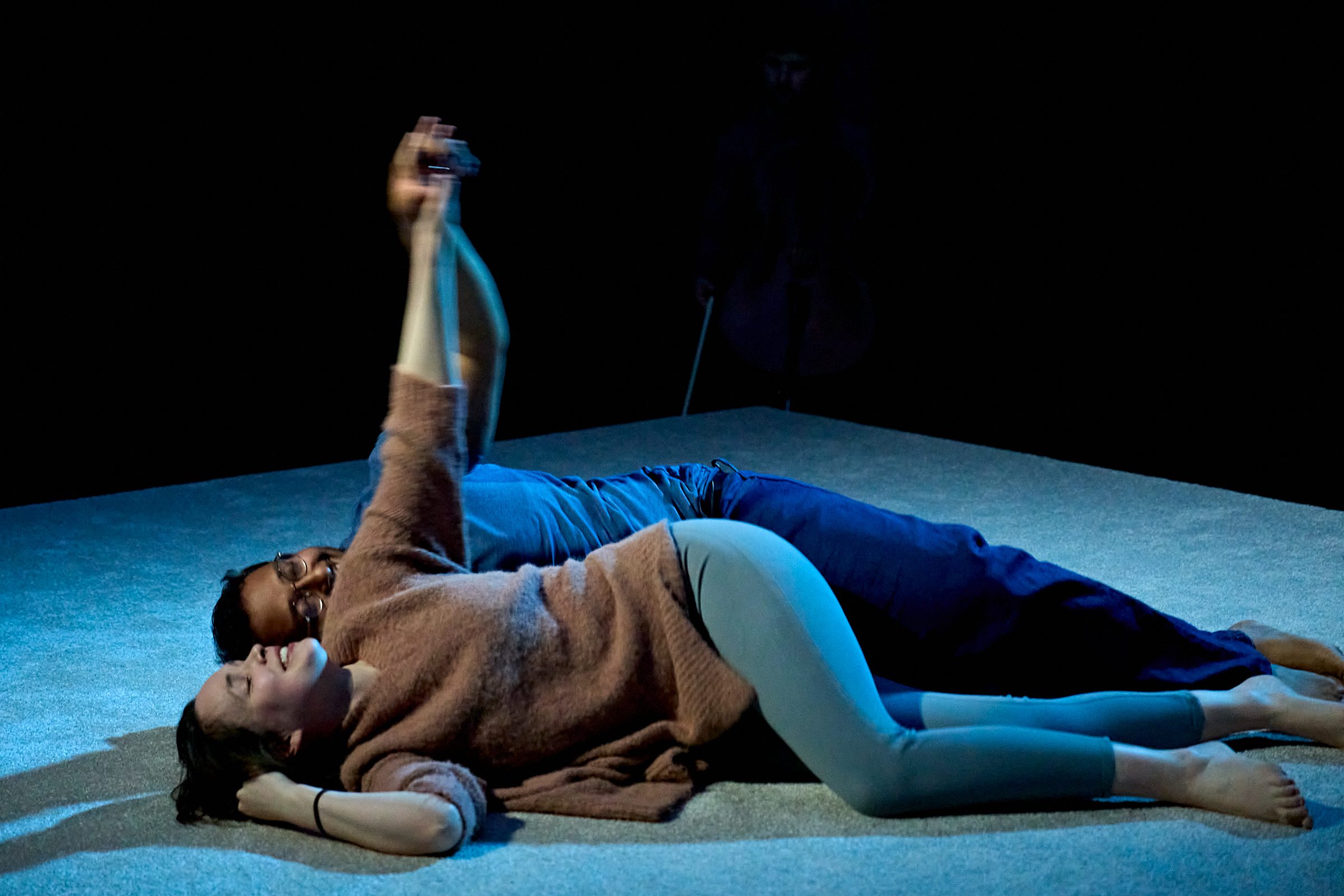What the Butler Saw
NOTE: The following review dates from July 2005 and this production’s original run at London’s Hampstead Theatre.
In 2002, director David Grindley had a huge hit at Hampstead Theatre with his revival of 1977’s Abigail’s Party, which subsequently transferred for an extended season in the West End and toured the UK. Three years later, Grindley has turned back the clock another decade to revive an earlier comedy satirising British pretensions.
But while Mike Leigh poked fun at the socially aspirant, Joe Orton sends up the moneyed classes they aspire to in What the Butler Saw – as well as challenging that then crumbling establishment’s views on madness, identity and, most importantly, sex. In an age of free love, the pill and gay liberation, Orton’s own erotic obsessions led to his demise. Less than a month after completing the script for What the Butler Saw in 1967, the 33-year-old playwright was beaten to death by his lover Kenneth Halliwell. Halliwell was apparently inflamed with jealousy after reading Orton’s diary entries about his exploits. After murdering Orton, he committed suicide.
It wasn’t until 1969 that Orton’s final play was given its premiere in a West End production, starring Ralph Richardson, that prompted the respected actor’s outraged fans to shout ‘Shame!’ from the gallery. More than 35 years on, it’s still easy to appreciate why the piece is so provocative, though today’s audiences are more likely to find it acutely titillating than shocking.
The majority of the characters are sex-obsessed. A pretty young secretary arrives for a job interview with an eminent psychiatrist intent on seducing her. She’s naked inside two minutes and certified insane by a repressed but no less lewd government inspector within ten. Soon after, a randy pageboy from a notorious hotel comes to blackmail the doctor’s nymphomaniac wife, followed by a dim policeman investigating the pageboy’s antics with a party of schoolgirls – and both of them are quickly relieved of their clothes too. On top of slamming doors, girls dressing as boys and boys as girls, Winston Churchill’s severed member even makes an appearance.
In Grindley’s production – which reunites him with Abigail’s Party designer Jonathan Fensom, who once again achieves a nicely kitsch period feel, reinforced on the press night with live Sixties music playing in the theatre foyer beforehand – the pace is fast and the laughs are hearty.
The lion’s share of the latter are delivered by deliciously poker-faced and ramrod-postured Malcolm Sinclair, taking on Richardson’s role of straitjacket fancier Dr Rance, HM’s Inspector of Madness who can twist anything to his needs with preposterous logic. “You can’t be a rationalist in an irrational world – it isn’t rational,” he advises Jonathan Coy’s flummoxed Dr Prentice. Elsewhere, Coy, Belinda Lang as his lusty lush of a wife, and Joanna Page as the blonde and wide-eyed secretarial candidate and would-be patient all enter nicely into the screwball spirit too.
While Abigail’s Party was mounted, with good reason, as the farewell production in the old Hampstead Theatre, where it was first devised 25 years earlier, the justification for presenting Orton’s piece in what’s meant to be a home for new writing is less compelling (though artistic director Anthony Clark writes a considered defence in the show programme). Nevertheless, Grindley gives this modern classic a highly entertaining revival which could easily follow Abigail’s transfer route.
– Terri Paddock










